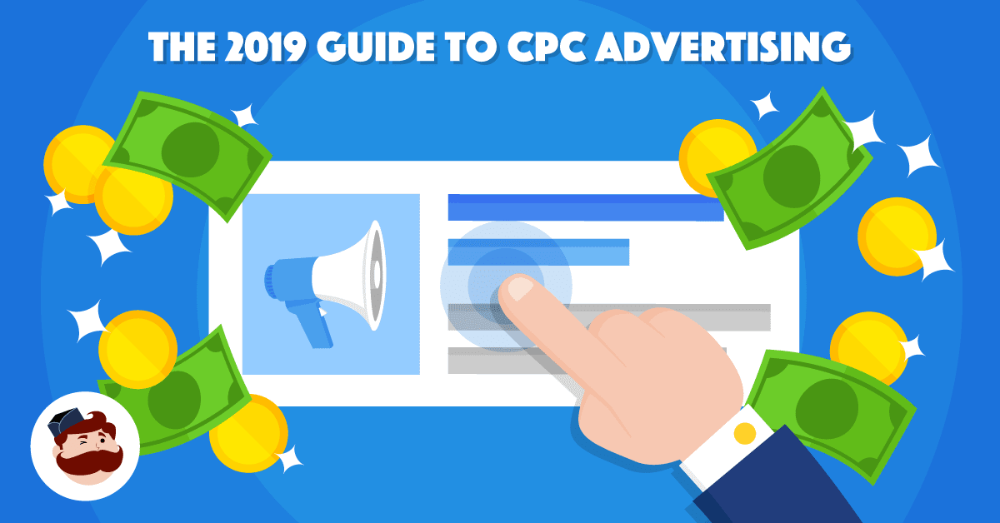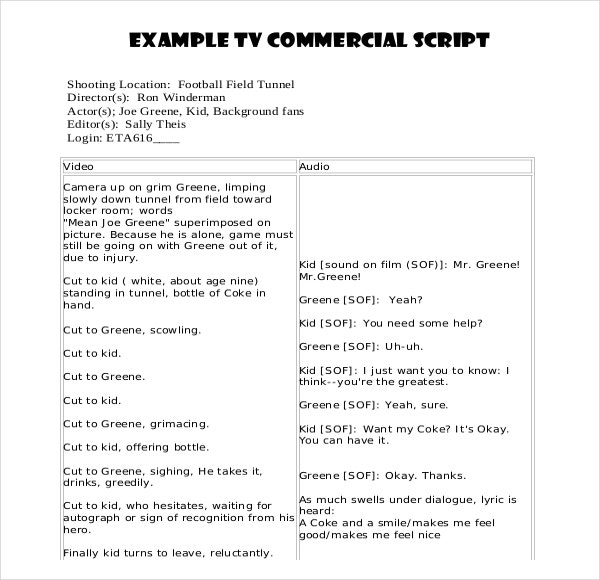
A few key points are necessary to set up a display network campaign. Using descriptive ads can help you reduce your CTR (cost-per-click) and boost conversion rate. Remarketing can be used to reach your target audience. You can also track brand searches. This article will show you how to get started with the Display Network.
Initiating a display networking campaign
Focusing on a small target audience is key to setting up a display networking campaign. If you are targeting people looking for tennis rackets then this could work. Make sure your ad's content is related to the product's description on the web page. Next, set a default bid, which is the amount you'll pay for a single click.
Display advertising can be difficult at first but it isn't as difficult as marketers think. These proven strategies will increase your success chances. The Google Display Network Guide can help you with any questions you may have. This guide also covers different types of ads such as image ads and text ads.
Setting up a display network ad group
First, create an AdWords Display Network campaign. Give your campaign a name. Next, choose "No Marketing Objective: All Features." You may choose a general area, or one with specific geographic targeting, like a city or state. An ecommerce site may choose to post in a wide area while a chiropractor and dentist might select a narrower area.

Display advertising can be used to reach your audience early in the purchase cycle. Display ads are more effective than search ads in reaching your target audience. Targeting your audience can be done by targeting specific interests or demographics. This allows you to ensure your ads reach the most conversion-ready people. Google Display Network is used to reach over 90% of internet users worldwide and covers more than two millions websites.
How to choose the right size ad
When you want your display network campaign to be effective, you need to choose an ad size that is suitable for your website. Some sites prefer smaller ads and others prefer bigger ads. Remember to consider mobile devices when deciding on the size of your ad. Users tend to view ads on mobile devices.
Your ad's size is critical. This not only affects the results you get from your campaign on display networks, but Google also has its own rules regarding the size of ads. Ad files should not exceed 150KB.
Targeting
Targeting display network campaigns is an important part of a successful ad campaign. Display network advertising does not require you to place ads on any external websites, unlike search network advertising which allows users to actively search for a product. This type is used to place ads on websites based in part on the interests and demographics of your customers. Your ads must be visible to the right people for a successful campaign.
Google Display Network includes a large targeting tool. Target users based upon topics, interests, or hobbies. You can also create custom audiences by using keywords.

Budgeting
Budgeting for your Google Display Network campaign will help you to reduce expenses and optimise your campaign. By setting up a campaign budget, you can adjust the parameters of your campaign as necessary to maximize your campaign's results and minimize expenses. There are several budgeting options available, including daily, monthly and total.
Google's display network can help you reach more people. This allows you reach more users on over three million sites and apps. A display campaign can help you reach users who are less likely than users who clicked on a hyperlink in a search-engine campaign to get to your site. These people are more likely purchase your product or to convert.
FAQ
What do you need to know about print advertising?
Print advertising is a good medium to communicate effectively with consumers. It is used by many companies for promoting products and services. It is designed to attract the attention of the customer.
Print ads are typically one page long and include text, images, logos and other graphics. They can also include sound and animation as well video and hyperlinks.
The following are the main types print advertisements:
1. Brochures: These large-format printed pieces are meant to draw customers into stores. They are often filled with colorful images and catchy designs.
2. Catalogues are smaller versions than brochures. They are typically sent to customers who have requested information on specific items.
3. Flyers are small pieces or paper distributed at events such concerts and fairs. They can be given at retail outlets but must be paid for.
4. Posters - These flyers can be larger than the ones you see on the flyer. They are displayed on walls, fences, and buildings. They are created by computer software programs in order to grab passersby's eyes.
5. Direct mail - This refers to letters or postcards mailed directly to potential customers. These are sent out by companies to remind customers about their business.
6. Newspaper Ads – These are ads that appear in newspapers or magazines. They are usually quite long and contain both text and images.
Is it possible to get traffic for free?
Free traffic refers to traffic which comes directly from organic search results. This is also known as organic or natural traffic. You can get traffic free of charge by using article marketing, social media marketing and blogging.
Article marketing is one of the most effective ways to get free traffic. This is because it has a very low cost per click (CPC). The CPC is usually very cheap compared to paid ads. Content marketing is also known by the term article marketing.
Social Media Marketing- You can promote your business using social media sites like Facebook and Twitter. These sites allow you to update, share photos, and develop relationships with people who could become customers. Many businesses decide to purchase advertising space on social media sites to reach a wider audience and at a much lower cost.
Blogging-Blogging is another great way of generating free traffic. High quality content will draw people to your blog. Once you're attracting visitors, you can monetize your blog by selling products or services.
Email Marketing – Email marketing has been around ever since the dawn of the Internet. However, it remains one of your best methods to drive traffic to you website. Email marketing is an effective strategy to grow your subscribers and eventually sell things.
How do I choose my target market?
Begin by talking to yourself and people close to you. You might be unsure where to begin. Ask yourself: "Whom am I trying to reach?"
Ask yourself these questions: Who are the most influential people in my industry? What are their biggest challenges? Which people are the most intelligent in my industry? Where can they be found online?
Start at the beginning of your business. Why did you start? What was your problem and how did it solve?
These questions will enable you to identify your ideal client. These answers will help you understand your ideal clients and what motivates them to buy from you.
It is also possible to look at the websites and social networks pages of your competitors to get insight into who they cater.
Once you have identified your target customer, you need to decide the best channel to reach them. For example, if your company provides services to real estate agents, you might create an informational website targeting home buyers.
A blog that targets small-business owners could be a possibility if you are a software provider.
If you sell clothing, you can create a Facebook fan page for teens. For parents who are looking for child-friendly restaurants, you might set up your own Twitter account.
You have many options to convey your message.
Advertising: What does it mean?
Advertising is an art form. Advertising is not about selling products. It's about creating emotional connections between people and brands.
Advertising is about storytelling and using images to communicate ideas.
You have to make sure you are communicating clearly and persuasively. You must tell a story that is relatable to your target market.
This makes advertising different from other forms of communication, such as public speaking, writing, or presentations.
Because when you create a successful ad campaign, you are creating a brand identity for yourself.
This is how memorable you can be. People want to remember you.
What is an advertisement campaign?
A campaign is a series advertising messages that are designed to promote a product. It can also refer to the whole production of such ads.
The Latin word "to sell" gave rise to the term "ad". Marcus Terentius Varro (116–27 BC) was the first person to use it. It meant "to sell".
Large companies or agencies usually do advertising campaigns. Advertising campaigns can involve many media types, such as television, radio, print, and the internet.
Advertising campaigns last several months and are usually focused on specific goals. One example is that some campaigns seek to create awareness while others are more focused on increasing sales.
How much does it cost for social media advertising?
This route is not for everyone. You will be charged monthly based on how much time you spend on each platform.
Facebook - $0.10 for 1,000 impressions
Twitter - $0.20/1000 impressions (if applicable)
Send out invitations on Linkedin for $0.30 per 1000 impressions
Instagram: $0.50 per 1,000 impressions
Snapchat – $0.60 per 1,000 impressions ($0.40 for each user)
YouTube - $0.25 per 1,000 views
Tumblr – $0.15 per 1000 impressions for text postings
Pinterest - $0.05 per 1,000 impressions per month
Google + $0.15-$0.20 Per 1 Million Impressions
Tumblr - $0.15- $0.20 per 100,000 impressions
Vimeo - $0.20-$0.25 per 10,000 impressions
Soundcloud: $0.20-$0.25 Per 1 Million Plays
StumbleUpon - $0.20 -$0.25 per 1 billion pageviews
Digg – $0.20 - 0.25 per 1000 diggs
Reddit – $0.20-$0.25 Per 1000 Comments
Wordpress - $0.20 - $0.25 for 500 comments
Flickr - $0.20 -- $0.25 per 5,000 photo uploads
What should you know about TV advertising?
Television advertising has the potential to reach large audiences at once. It was also very costly. But if you use it correctly, it can be extremely powerful.
While there are many types and styles of TV ads, most share some common traits. When planning any TV ad, the first thing you should do is ensure that it fits within its category. Don't confuse a lifestyle ad with a product advertisement if you are running a commercial. Your message should stay consistent throughout the campaign.
Remember that prime-time is the best time for your ads to be aired. This is because TV viewers often relax while in front of the screen. You want them to be comfortable enough to listen to your words.
Finally, just because you've a lot of money doesn't mean you'll get great results. In fact, the opposite may be true. A University of California study found that commercials broadcast during popular shows had a lower chance of selling products than those broadcast during less-popular shows. Make sure you are doing it right if you're spending a lot on TV advertising.
Statistics
- It collects money from the advertisers, keeps 32% for its role in facilitating the process, and the remaining 68% goes to the publisher (you). (quicksprout.com)
- Advertising spending as a share of GDP was about 2.9 percent. (en.wikipedia.org)
- Nonetheless, advertising spending as a share of GDP was slightly lower – about 2.4 percent. (en.wikipedia.org)
- Worldwide spending on advertising in 2015 amounted to an estimated US$529.43 billion. (en.wikipedia.org)
External Links
How To
How to make paid ads
Paid advertising is any type of marketing where you pay money. This could include advertising in magazines and newspapers, buying ads space on websites, or hiring someone to promote your business online. You can also pay for paid advertising through email marketing, social media, display advertising and search engine optimization (SEO), as well as mobile app promotion and influencer marketing.
You need to know the cost of your campaign and the expected results. This will ensure that it runs smoothly. You need to assess whether the ROI (return on investment) is sufficient to justify the cost.
Before you can start a paid marketing campaign, you need to first identify potential customers for the product or service. If you have no idea, then start with free advertising like posting flyers around your neighborhood, making announcements at school, or sharing your message through social media sites.
Knowing your target audience will help you decide the best way to reach them. You might advertise in the local newspaper classifieds if your product is organic. Advertising on TV and radio is another option if you are selling cosmetics.
After deciding on whom you want to reach, you must figure out how much you're willing to spend. There are several ways to calculate your budget. You can divide your budget into daily, weekly and monthly amounts. Another way to do this is to use a spreadsheet software.